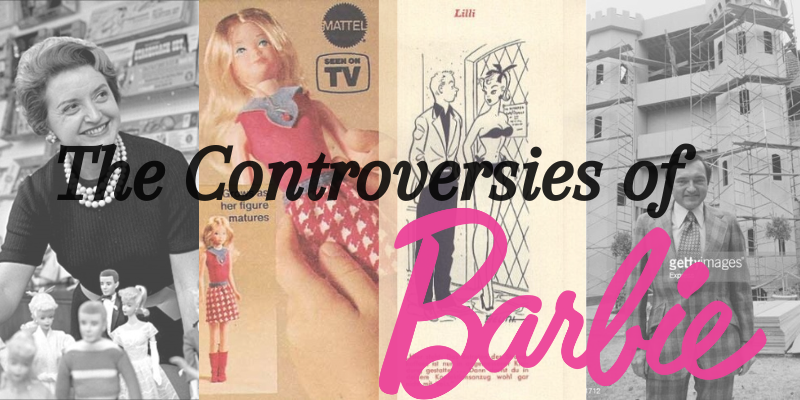Sure, The theme of Barbie is to make every girl believe they can be anything they want…as long as they’re tall, blonde, white, skinny and their head is larger than their waist! The role of Barbie in the minds of young girls has always been brought into question. Is she a feminist icon, a flagbearer of women’s rights and an ideal role model? Or is she a “Blonde Bimbo” who promotes gender stereotypes and unhealthy eating habits? Following are 11 instances in the history of Barbie that are problematic, to say the least, and child psyche-ruining plastic monster at its best:
1. The Bild Lilli
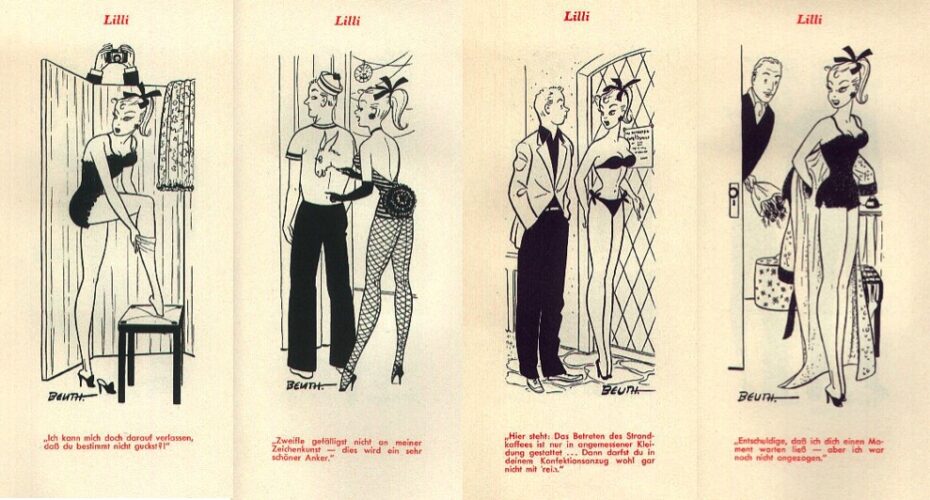
Courtesy: Messy Nessy
When Barbie’s maker Ruth Handler first came up with the idea of designing an adult-featured doll for young girls, she went on a trip to Europe in order to find inspiration for the doll. There she found the Bild Lilli Doll which was the original prototype of Barbie. We say “prototype” generously as the doll was essentially a copy-pasted version of Bild Lilli.
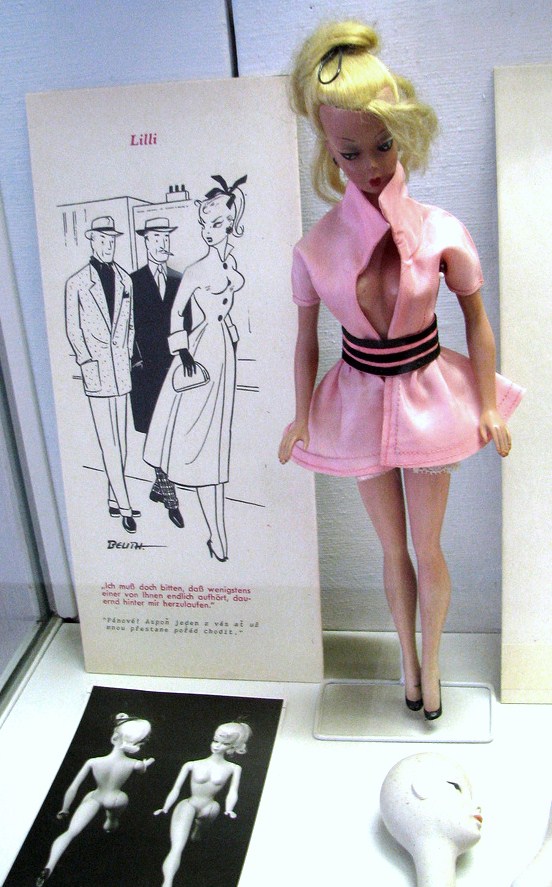
Courtesy: Messy Nessy
Who was Bild Lilli? She was a German line of fashion dolls inspired by the comic strip character called “Lilli”. The character of Lilli was a call girl and the doll was sold in cigarette shops to men. It was essentially a sex toy given to men or their girlfriends as suggestive gifts.
2. Growing Up Skipper
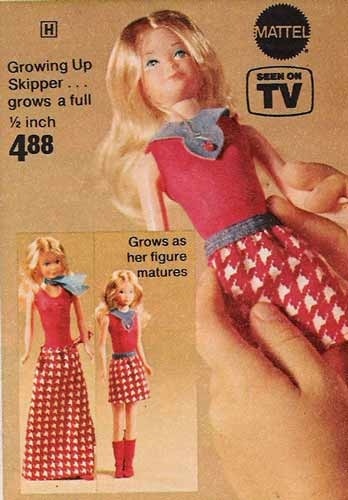
Courtesy: Messy Nessy Chic
It was the time when Ruth Handler was forced to resign. The company was left in the hands of men who were clueless as to what to do with the doll. This is when Steve Lewis came up with the design of “Growing Up Skipper”. Skipper was Barbie’s sister. At the time of designing the new version of Skipper, Lewis’s daughter was going through puberty which made them come to the decision of designing the doll.
It was the design of the doll that caused major controversy for Mattel. As one would rotate the arm of the doll, her breasts grew bigger in size showing the doll “growing up”. The box that the doll came in had the tag lines “ from cute little girl to tall curvy teenager”. We suggest the makers a new headline “ From misogynist phrasings to pro-pedophilic actions, this doll is the epitome of what the male gaze does to a toy for children”. The manufacturing of the dolls inevitably stopped in the late 70s.
3. Math Class is Tough!
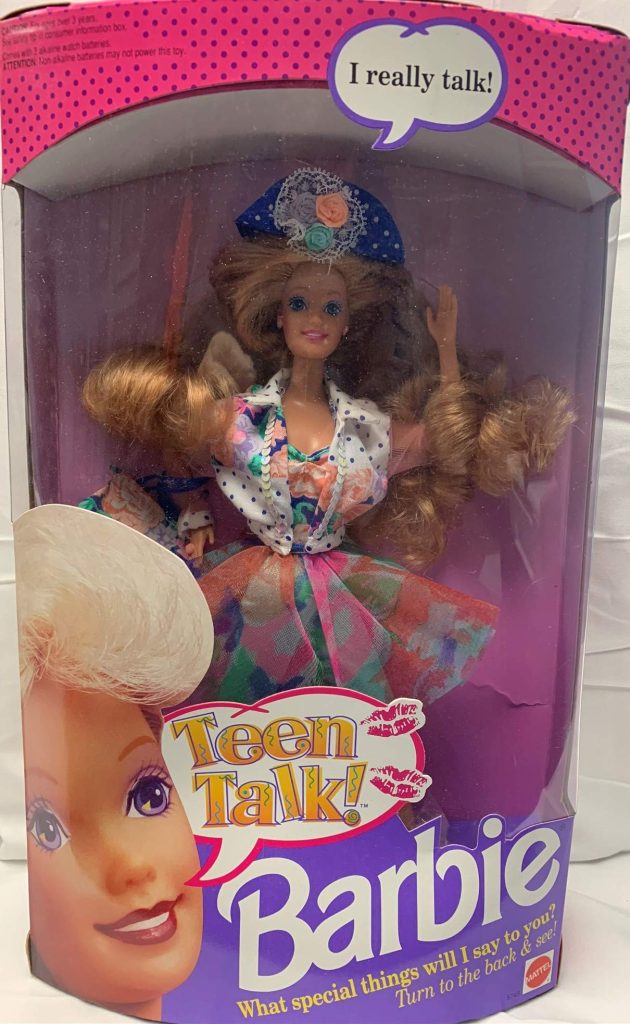
Courtesy: Desertcart
In the year 1992, Mattel introduced a line of “Teen Talk Barbie Dolls”. These Barbies uttered pre-recorded phrases. Sounds fun does it not? Only the phrases uttered by these dolls were extremely stereotypical. As a response to this version of Barbie, BLO or the Barbie Liberation Organization took action. The organization hacked the talking Barbie and replaced the voice with the phrases of G.I. Joe. So the Barbie who previously spoke phrases such as “Maths class is tough” or “Let’s go shopping”, now spoke “Vengeance is mine” and “Eat Lead Cobra” ( Quick question: Where do I sign up for this version?). The dolls were then kept back to shop shelves during Christmas of 1993.
4. “Don’t Eat”
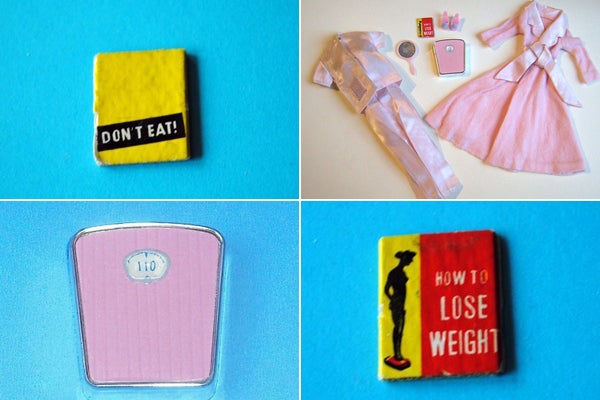
Courtesy: Refinery29
In the year 1965, Mattel released a “Slumber Party Barbie”. This Barbie came in with a weight scale that did not cross more than 110 pounds (50 kg) and a diet advice book, the back of which had two words, “Don’t Eat”. The doll was later critiqued as the anorexia-promoting Barbie for young girls. In 1966, the doll was renamed “Barbie Sleepytime Gal”. It was sold without the weighing scale but the diet book was still intact.
5. Jack Ryan Controversy

Courtesy: Getty Images
Trigger Warning: Sex and Drug Abuse, Suicide.
Jack Ryan is essentially the Father of Barbie. The American designer worked at Mattel as the VP of research and development. He was chiefly responsible for the production of the dolls. Right from the start when Handler brought in the Bild Lilli prototype. However, Ryan was an extremely controversial figure. With his lavish lifestyle, an actual castle design home, There are two things that described Ryan best apart from being the maker of Barbie- sex and drug addiction.
Married 5 times, Ryan was said to have an unhealthy addiction to blondes who resembled Barbie. Ryan’s friend Stephen Gnass once said about the man “When he talked about Barbie it was like listening to somebody talk about a sexual episode, almost like listening to a sexual pervert.” His second wife Zsa Zsa also recalled an existence of a sex dungeon in their house. Moreover, he was allegedly known to force his partners to take Amphetamine drugs in order to reduce their weight. Ryan in his later year went under a long lawsuit filed against Mattel when they denied him his pay. He later committed suicide in the year 1991.
Needless to say, the “Father” of Barbie and her origins at the very core is very misogynistic and objectifying.
6. Oreo Fun Black Barbie
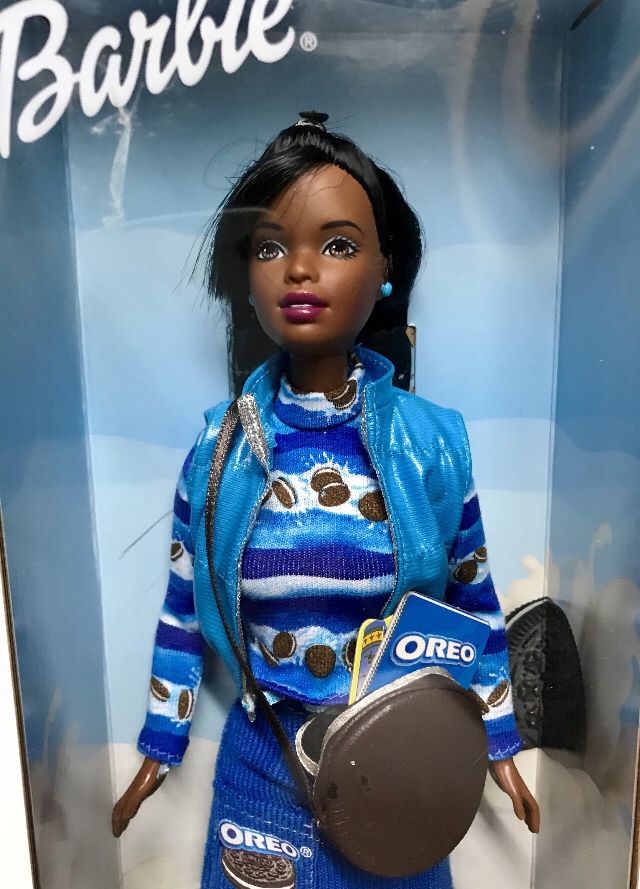
Courtesy: OfferUp
It was in the year 1997 when Mattel collaborated with Oreo to release an “Oreo Fun Barbie”. It was the black version of Barbie that mainly cause the backlash. You see, the term Oreo is also a racist slang term used for African American people who are “accused” of having adopted the values and culture of white people to fit in, but often at the cost of their own heritage. It was later on removed from the stores.
7. Pregnant Barbie
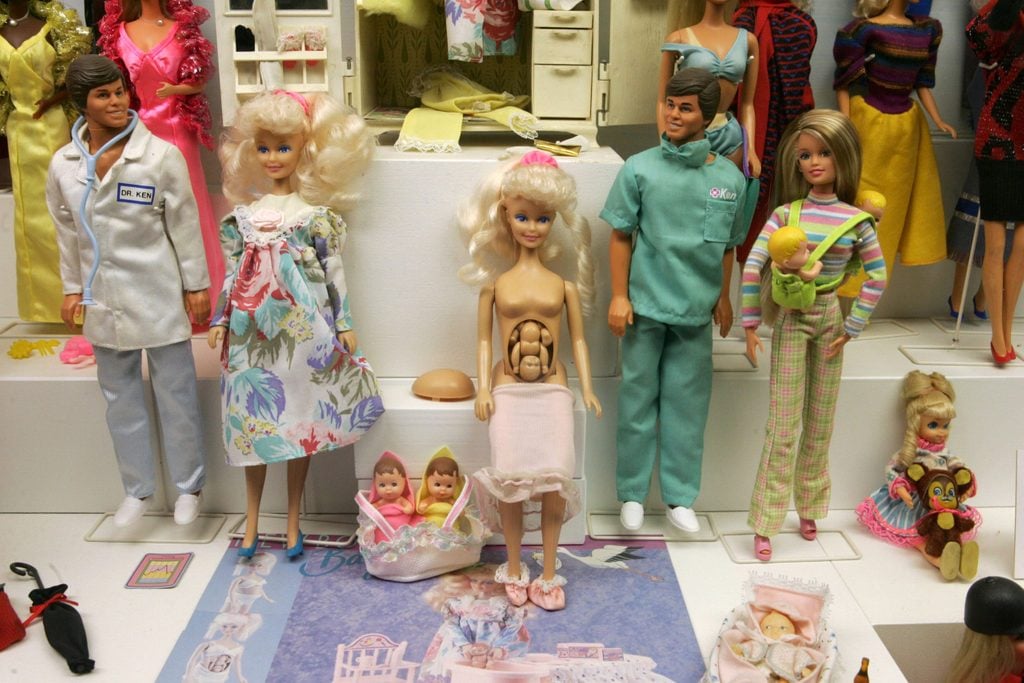
Courtesy: Reader’s Digest
Midge is the character of Barbie’s best friend in high school. In the year 2003, the makers introduced a Pregnant Midge. It was essentially a “Happy Family version” of Midge that included her boyfriend Allan and a nine-month pregnant Midge. Her belly had a tiny baby curled up inside her dress, the visuals of which are unsettling at best and quite creepy to be precise. Mattel launched the doll for parents to help enact anticipation of a new sibling to their kids. However, the doll came off as a promotion of teenage pregnancies or possibly promoting gendered roles. The doll was later discontinued in 2005.
8. Ruth Handler’s lawsuit
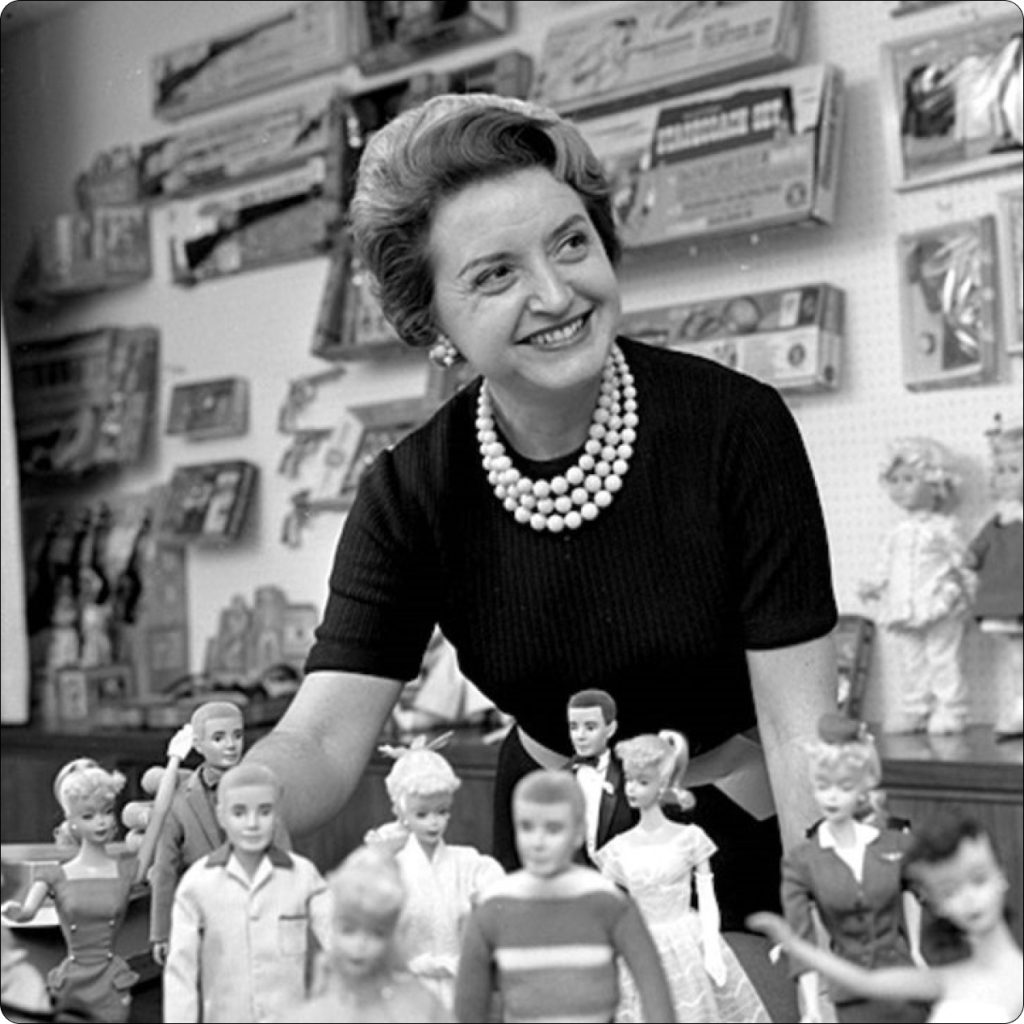
Courtesy: Al Bees
In the year 1974, Ruth Handler the creator of Barbie and the co-founder of Mattel was forced to resign from her position at the company following an investigation of fraudulent financial reports. She was later on charged with fraud and false reporting to the SEC (Securities and Exchange Commission), $57k as a fine and 2500 hours of community service.
9. Barbie Girl Controversy
In the year 1997, Mattel sued the group Aqua for their pop hit “Barbie Girl”. Mattel claimed that the group had allegedly violated their trademark of Barbie and transformed her into a “sex object” by referring to her as a “blonde bimbo” in the lyrics of the song. In 2002, the case was dismissed by the court on the grounds of it being a “parody”.
10. Video Girl Barbie
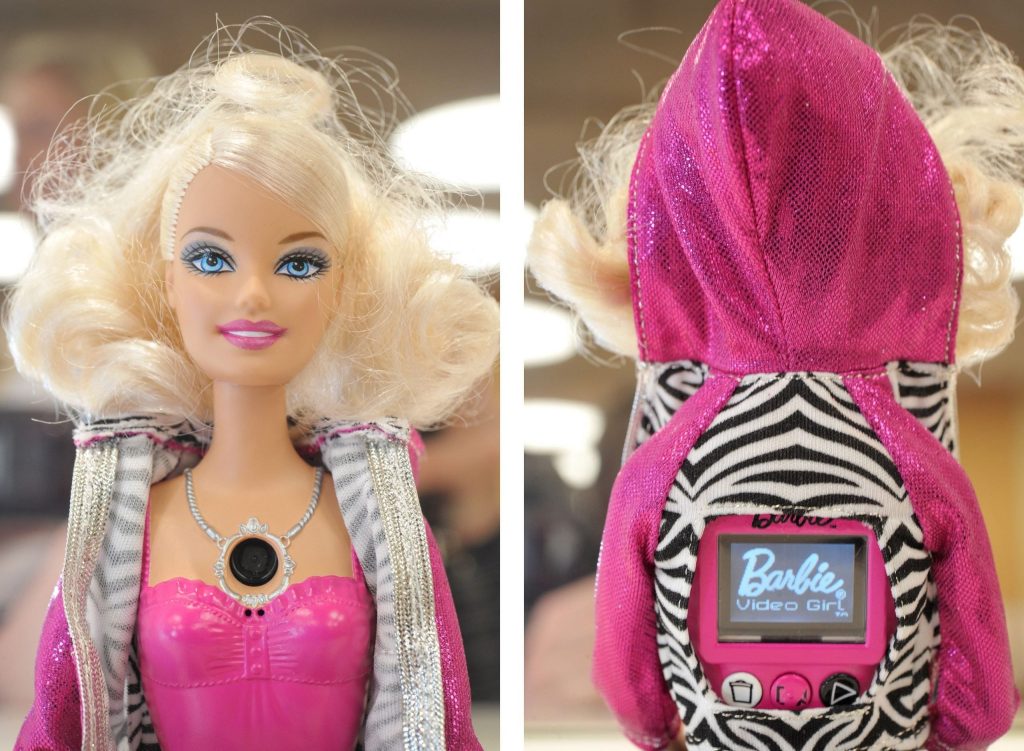
Courtesy: Readers Digest
Mattel launched a “Video Girl Barbie” in the year 2010. This particular Barbie had a camera lens in her pendant and a screen on her back that could record and play 30-second videos on her back. However, the FBI -yes the FBI got involved- did not see the doll as a good enough sign. An alert was sent by the FBI that was meant for law enforcement but was later on picked up by media houses. It reported a warning as the doll could potentially be used for child sex abuse images.
Later on, Mattel released a statement saying, “The FBI is not reporting that anything has happened. Steve Dupre from the FBI Sacramento field office has confirmed there have been no incidents of this doll being used as anything other than as intended. Mattel products are designed with children and their best interests in mind. Many of Mattel’s employees are parents themselves and we understand the importance of child safety — it is our number one priority.”
11. Wheelchair Barbie
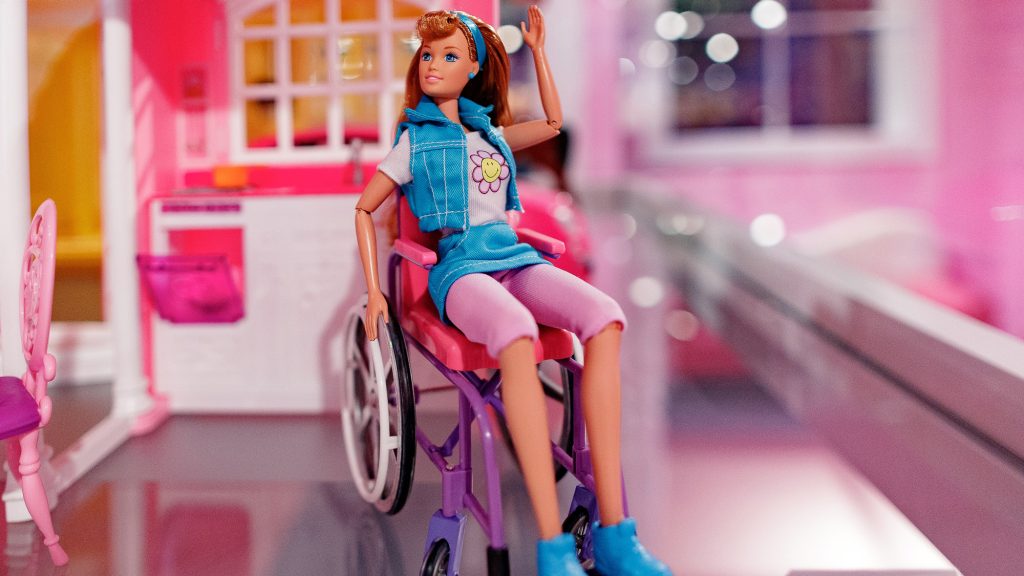
Courtesy: The World from PRX
Through hundreds of controversies that call out the makers for not being diverse enough, Mattel had taken note to introduce a more inclusive set of dolls. In 1997, Matell introduced Becky, the first wheelchair doll and Barbie’s friend. However, there were several design defects in the doll. The wheelchair Barbie could not fit into the doors and elevators of Barbie Dreamhouse. Ironically enough, this highlights a very real-world problem faced by people who use wheelchairs. However, after the backlash, Mattel discontinued the doll instead of making design changes. (In 2019, they released a new version of the wheelchair Barbie).
Read Also:

Vaishnavi Srivastava is a learning writer, a keen researcher and a literature enthusiast. She is a Sub-editor at Abir Pothi.

